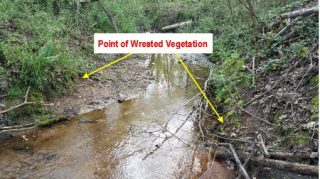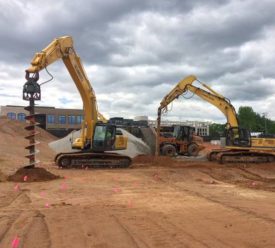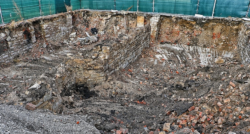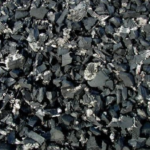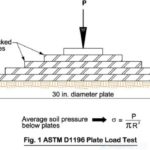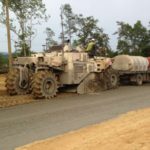GEO-HYDRO TECH NOTES
Please take a moment to peruse our technical notes. You'll find valuable technical information relating to our services.
By David Hampe, P.E., MSI, CWI In the course of concrete construction, transitional reinforcing bars from one placement or building component into the next one can often end up being omitted, either through being missed in the process of concrete placement, or through an intentional decision to smooth-out construction sequencing. Alternately, it is possible that…
Read MoreVegetated stream buffers, or riparian buffers, are important to the health of streams and other water bodies they border. They provide shade to help moderate water temperature which helps maintain optimal dissolved oxygen levels; they provide filtration of and help slow stormwater flows and decrease runoff pollution; they help stabilize stream banks to reduce erosion and…
Read MoreThe idea of aggregate piers was initially conceived in 1988 as an effort to make stone replacement more efficient and easily implementable at a larger scale. The processes to design and construct aggregate piers have since evolved by quantum leaps, making aggregate piers a reliable and widely-accepted ground improvement method well beyond stone replacement. Aggregate…
Read MoreGood building sites have become somewhat rare as more and more projects involve redevelopment or re-tasking of existing sites either incumbered by existing buildings or impacted by contaminated soil and/or groundwater from previous site activities. In many cases, sites contain loose soils, buried demolition debris, or other less-than-desirable materials that are not reliable to support…
Read MoreIn some instances, either as part of design or during construction, special circumstances require the use of fill materials other than traditional structural fill soil. In most cases, performance requirements, weight (load) restrictions, or both dictate the need for special or unconventional fill materials. Common situations requiring fill or backfill materials other than soil include…
Read MoreEngineering+Experience+Common Sense = Good Pavement. We all know what asphalt is – or do we? There are many names to refer essentially to the same thing: Asphalt, Asphaltic Concrete, Blacktop, Tarmac, Macadam, Hot-Mix Asphalt, etc. What is it? One short definition from the Asphalt Pavement Alliance says: “Hot Mix Asphalt (HMA) is a combination of…
Read MoreModulus of Subgrade Reaction: What is it? The modulus of subgrade reaction (k) is primarily a mathematical expedient. Essentially, it is an attempt to reduce the behavior of soil subjected to loading to an equivalent, and convenient, “spring constant”. However, one thing (k) is not is a fundamental soil property. The same subgrade conditions and…
Read MoreGeo-Hydro provides soil-cement laboratory mix designs and soil-cement field testing for numerous projects in the southeastern United States. Soil-cement is a mixture of pulverized soil, Portland cement, and water. The pulverized soil may also contain aggregate and pulverized asphalt. We obtain samples of the onsite materials and prepare laboratory samples with various percentages of Portland…
Read More

